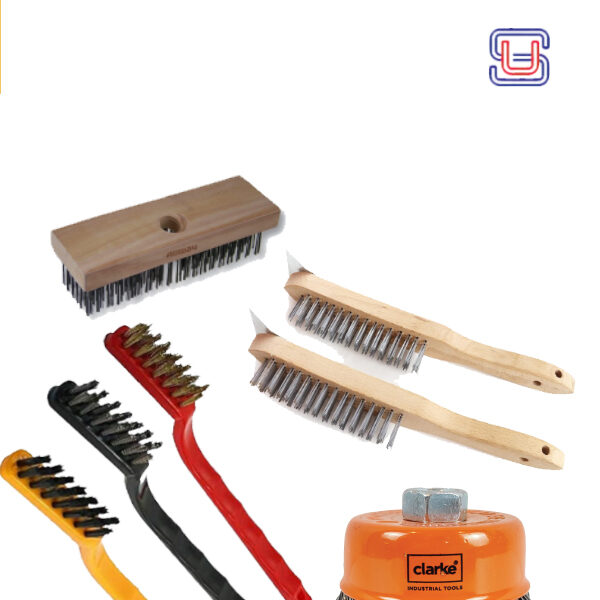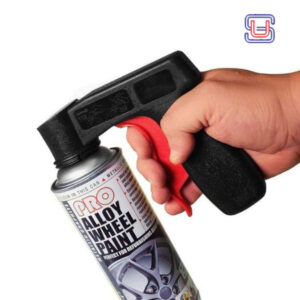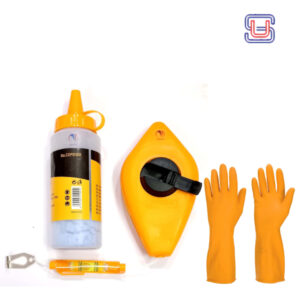Gini offers a diverse array of products across multiple categories, each playing a crucial role in various sectors within the UAE.Gini’s safety and security products are essential in maintaining high standards of safety across industries such as construction, manufacturing, and oil and gas. This includes personal protective equipment (PPE) like helmets, gloves, and safety shoes, which are crucial for ensuring worker safety in hazardous environments. Additionally, Gini provides advanced security solutions such as surveillance systems, access control devices, and fire detection systems, which are integral to safeguarding commercial and residential properties in the UAE’s dynamic urban landscape.In the booming construction sector of the UAE, Gini’s construction and infrastructure products play a pivotal role. These products encompass a wide range including building materials, tools, heavy machinery, and construction equipment. They contribute to the development of modern infrastructure, skyscrapers, residential complexes, and commercial buildings that define the UAE’s skyline. Gini’s offerings not only ensure structural integrity but also enhance construction efficiency and project timelines, supporting the country’s ambitious urban development initiatives. Gini’s engineering and industrial solutions cater to the diverse needs of sectors such as manufacturing, logistics, and energy. Their portfolio includes industrial machinery, automation systems, tools, and equipment that improve operational efficiency, productivity, and precision in industrial processes. These solutions are crucial for enhancing manufacturing capabilities, optimizing supply chain operations, and supporting the UAE’s industrial diversification strategy. By providing reliable and advanced technologies, Gini contributes to the growth and competitiveness of local industries in a global market. Gini’s commitment to quality, innovation, and customer satisfaction underscores its significance in the UAE market. Their products not only meet stringent international standards but also address specific regional requirements, ensuring they are well-suited to the demanding conditions and rapid development pace of the Emirates. As the UAE continues to expand its infrastructure, enhance industrial capabilities, and prioritize safety and security, Gini products play a vital role in shaping these advancements and contributing to the country’s sustainable growth trajectory.

Gini products in the UAE encompass a diverse range of offerings that cater to various consumer needs, emphasizing quality and innovation. Gini is known for its commitment to providing reliable and efficient solutions across different sectors, including:
Safety and Security: Gini offers a range of safety products designed to meet stringent standards and ensure the protection of individuals and properties. This includes personal protective equipment (PPE), safety gear for industrial applications, and advanced security solutions.
Construction and Infrastructure: Gini provides products essential for construction and infrastructure projects, such as building materials, tools, and equipment. Their offerings support the development of robust structures and efficient building processes.
Engineering and Industrial Solutions: The company supplies engineering products and industrial solutions that enhance operational efficiency and productivity. This includes tools, machinery, and specialized equipment tailored to meet the needs of diverse industrial sectors.
Environmental Solutions: Gini is committed to environmental sustainability, offering products and solutions that contribute to eco-friendly practices. This includes innovative technologies for waste management, water treatment, and renewable energy systems.
Consumer Goods: Beyond industrial and safety products, Gini also markets consumer goods that enhance everyday living. This may include household items, electronics, and personal care products, reflecting their commitment to quality and customer satisfaction.
In the UAE market, Gini products are recognized for their reliability, durability, and adherence to international standards. The company’s emphasis on innovation and customer-centric solutions positions it as a trusted partner across various industries and sectors, contributing to the region’s development and growth initiatives.




